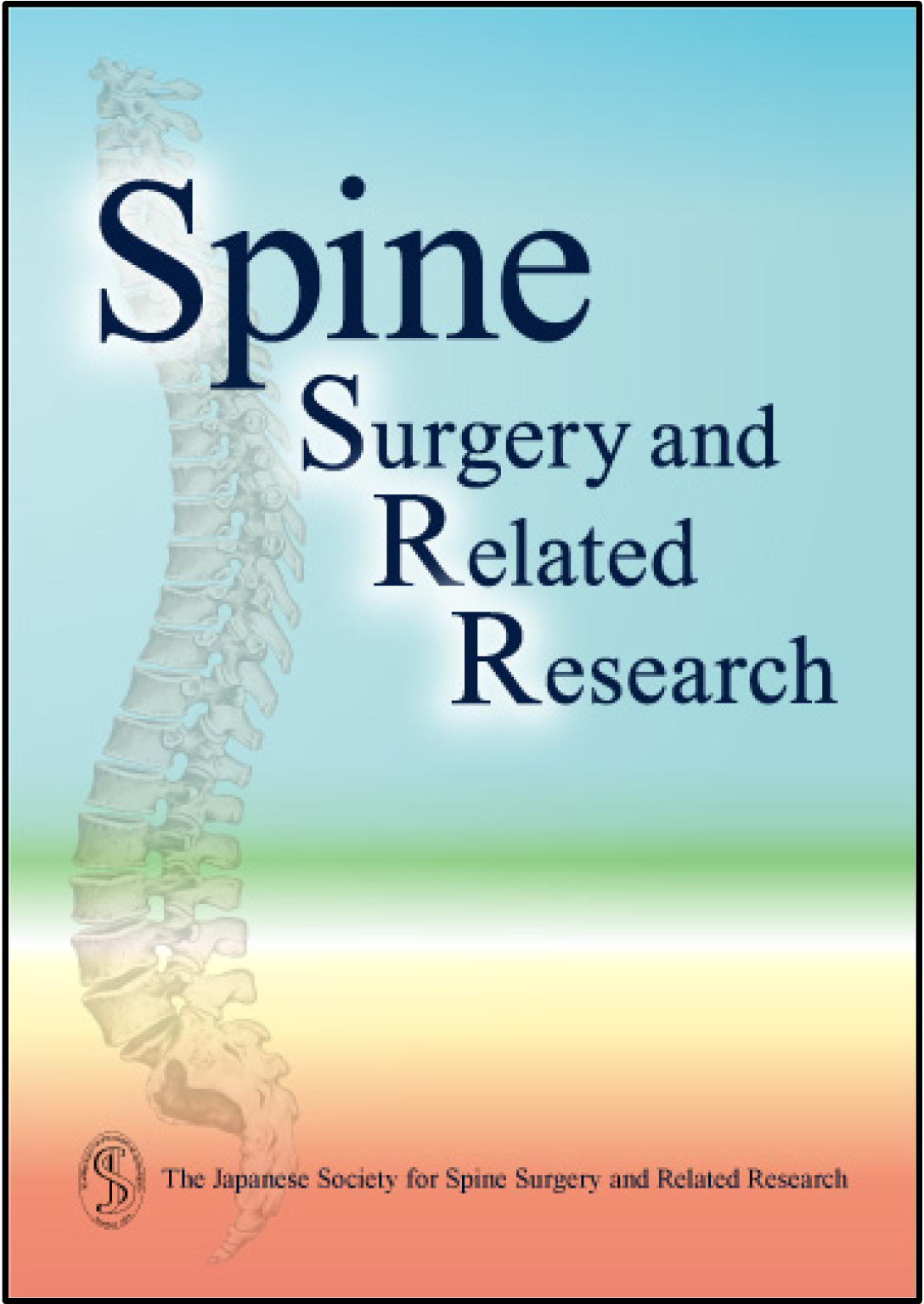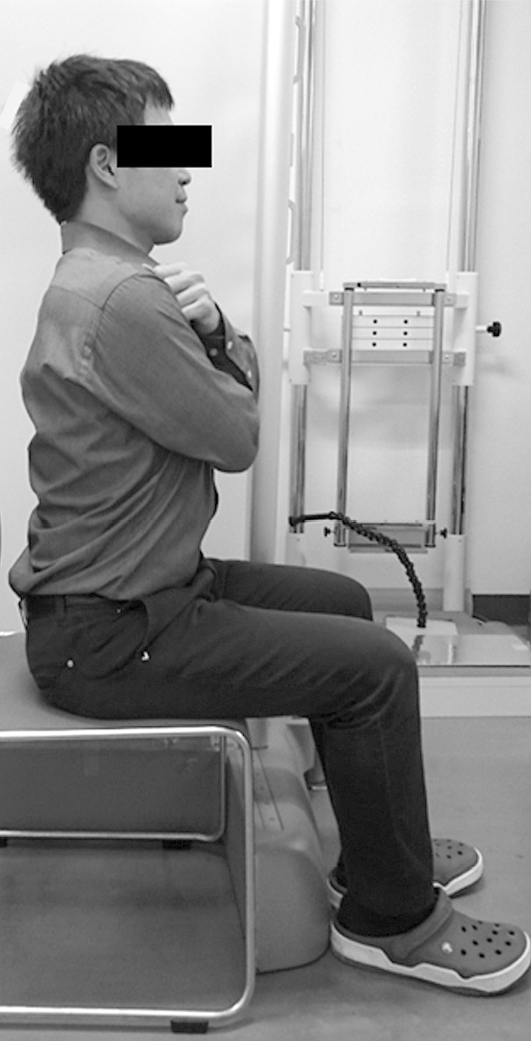Volume 11, Issue 5
Displaying 1-13 of 13 articles from this issue
- |<
- <
- 1
- >
- >|
Editorial
-
2020Volume 11Issue 5 Pages 799-800
Published: May 20, 2020
Released on J-STAGE: May 20, 2020
Download PDF (477K) -
2020Volume 11Issue 5 Pages 801-804
Published: May 20, 2020
Released on J-STAGE: May 20, 2020
Download PDF (629K)
Review Article
-
2020Volume 11Issue 5 Pages 805-810
Published: May 20, 2020
Released on J-STAGE: May 20, 2020
Download PDF (829K) -
2020Volume 11Issue 5 Pages 811-819
Published: May 20, 2020
Released on J-STAGE: May 20, 2020
Download PDF (1466K)
Original Article
-
2020Volume 11Issue 5 Pages 820-826
Published: May 20, 2020
Released on J-STAGE: May 20, 2020
Download PDF (1931K) -
2020Volume 11Issue 5 Pages 827-834
Published: May 20, 2020
Released on J-STAGE: May 20, 2020
Download PDF (2307K) -
2020Volume 11Issue 5 Pages 835-841
Published: May 20, 2020
Released on J-STAGE: May 20, 2020
Download PDF (905K) -
2020Volume 11Issue 5 Pages 842-847
Published: May 20, 2020
Released on J-STAGE: May 20, 2020
Download PDF (1686K) -
2020Volume 11Issue 5 Pages 848-852
Published: May 20, 2020
Released on J-STAGE: May 20, 2020
Download PDF (773K) -
2020Volume 11Issue 5 Pages 853-857
Published: May 20, 2020
Released on J-STAGE: May 20, 2020
Download PDF (885K) -
2020Volume 11Issue 5 Pages 858-865
Published: May 20, 2020
Released on J-STAGE: May 20, 2020
Download PDF (1470K)
Case Report
-
2020Volume 11Issue 5 Pages 866-871
Published: May 20, 2020
Released on J-STAGE: May 20, 2020
Download PDF (1573K) -
Minimally Invasive Posterior Lumbar Interbody Fusion for High-Grade Spondylolisthesis: A Case Report2020Volume 11Issue 5 Pages 872-876
Published: May 20, 2020
Released on J-STAGE: May 20, 2020
Download PDF (1381K)
- |<
- <
- 1
- >
- >|













